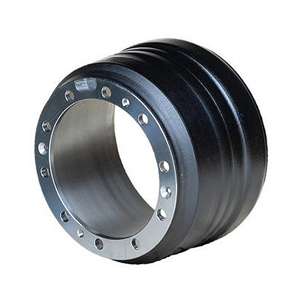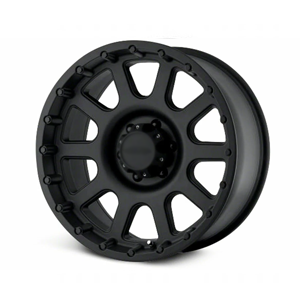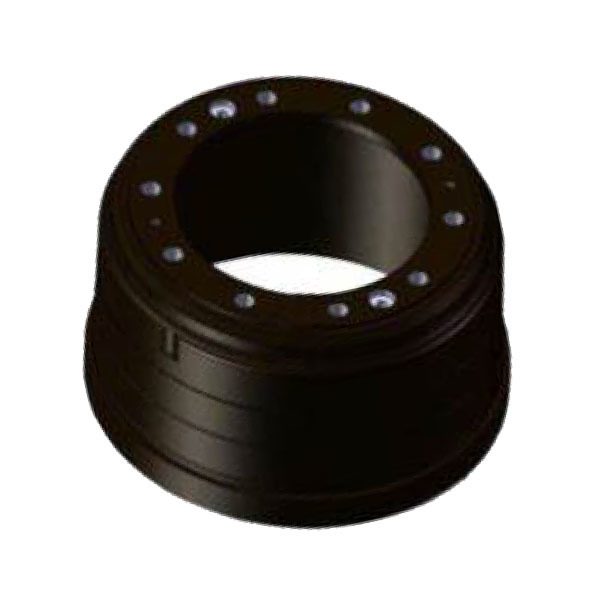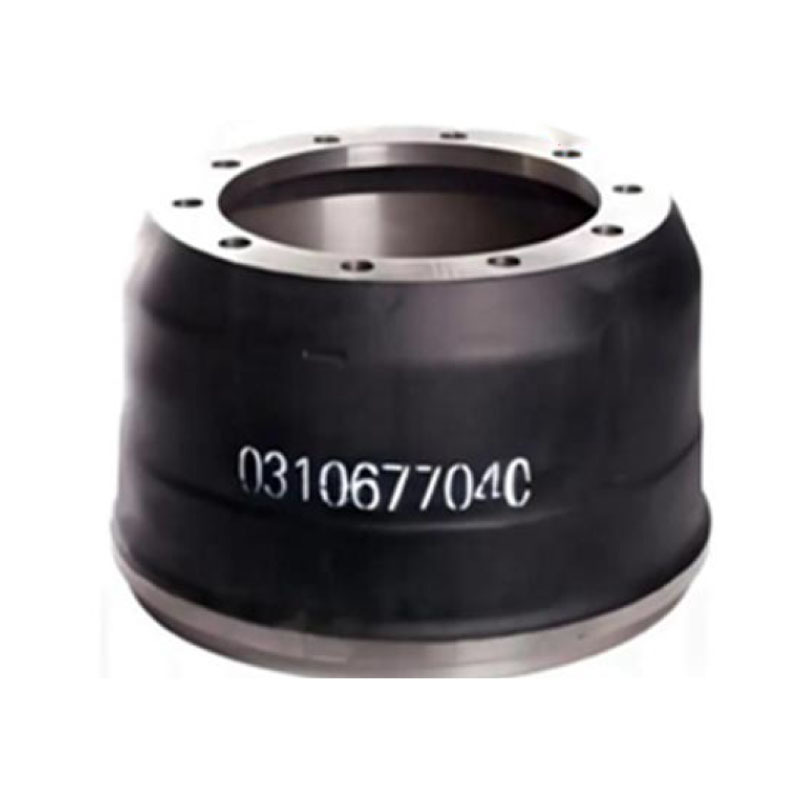How to Accurately Diagnose Brake Problems Related to Your Car Brake Drums
Jul 03,2025
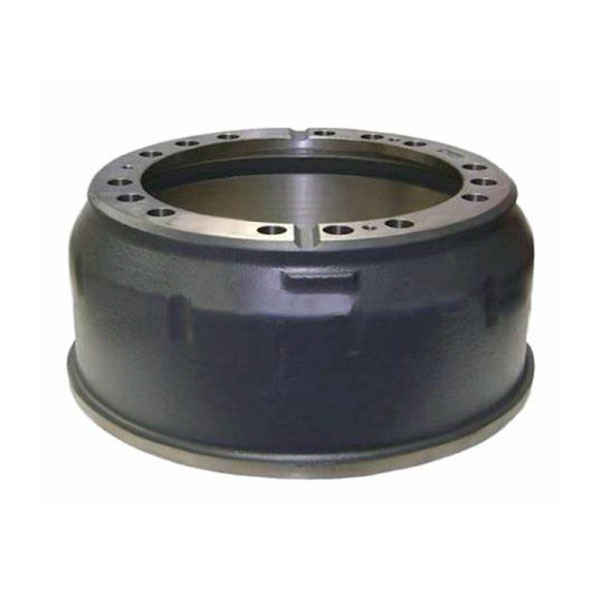
Understanding Brake Drums
Brake drums are crucial components found in many vehicles, especially older models or those designed for heavy-duty applications. They work in conjunction with brake shoes to slow down or stop the vehicle when the brakes are applied. **Understanding how brake drums function** gives you a solid foundation for diagnosing issues. When the brake pedal is pressed, hydraulic pressure forces the brake shoes outward against the inner surface of the drum, creating friction that slows down the vehicle.
Common Brake Drum Problems
Several issues can arise with brake drums, leading to compromised braking performance. Some of the most common problems include:
1. Worn Brake Shoes
Over time, brake shoes may wear down due to constant friction. Worn shoes can lead to reduced braking efficiency and potentially damage the drum itself.
2. Drum Warping
Excessive heat from braking can cause the drums to warp. This can lead to uneven braking and vibrations, which can be felt in the pedal or steering wheel.
3. Cracks and Damage
Brake drums can develop cracks from overheating or physical impact. Cracked drums must be replaced immediately for safety purposes.
4. Contamination
Oil, grease, or brake fluid contamination can severely impair braking performance. Contaminated brake shoes and drums can lead to reduced friction and increased stopping distances.
Signs of Brake Issues
Identifying brake issues early can prevent more severe problems down the line. Look out for the following signs:
1. Unusual Noises
Grinding, squeaking, or squealing noises can indicate worn-out brake shoes or drums. These sounds often signal that maintenance is needed.
2. Vibration
If you feel vibrations in the steering wheel or brake pedal while braking, it could suggest that the drum is warped or the shoes are unevenly worn.
3. Pulling to One Side
If your car pulls to one side when braking, it may indicate uneven wear or a malfunction in the braking system.
4. Warning Lights
Many modern cars come equipped with warning lights that indicate brake issues. Always heed these warnings and consult your manual for guidance.
Diagnosing Brake Drum Issues
Diagnosing brake drum issues involves careful observation and testing. Follow these steps to identify potential problems:
1. Visual Inspection
Begin with a thorough visual inspection of the brake drums and components. Look for cracks, excessive rust, or any visible damage.
2. Check Brake Fluid Levels
Low brake fluid can indicate leaks or other issues in the braking system. Ensure that fluid levels are adequate.
3. Measure Drum Diameter
Using a micrometer, measure the diameter of the brake drum. If it exceeds the manufacturer’s specifications, replacement may be necessary.
4. Inspect Brake Shoes
Examine the brake shoes for wear patterns. If they appear excessively worn, they will need to be replaced.
Tools Needed for Diagnosis
To effectively diagnose brake drum problems, gather the following tools:
1. Jack and Jack Stands
Safely lift the vehicle to access the brake components.
2. Tire Iron
Remove the tires to reach the brake drums.
3. Micrometer or Caliper
Measure drum diameter to determine if replacement is necessary.
4. Brake Cleaner
Clean the components to identify any underlying issues without contamination.
Step-by-Step Diagnosis of Brake Drum Problems
Follow this comprehensive step-by-step guide to diagnose brake drum issues effectively:
Step 1: Prepare Your Vehicle
Begin by parking on a level surface and engaging the parking brake. Gather your tools, then loosen the wheel lug nuts with a tire iron.
Step 2: Lift the Vehicle
Use a jack to lift the vehicle safely. Secure it with jack stands to prevent accidents.
Step 3: Remove the Tire
Take off the tire to expose the brake drum. Inspect the tire for any signs of uneven wear that may indicate brake issues.
Step 4: Inspect the Brake Drum
Examine the brake drum for cracks or warping. Use a micrometer to check the diameter against manufacturer specifications.
Step 5: Check the Brake Shoes
Remove the drum to access the brake shoes. Inspect them for wear and contamination. Replace any components showing significant wear or damage.
Step 6: Reassemble and Test
Once you have completed your diagnosis, reassemble the brake components and test your brakes. Ensure everything operates smoothly before driving.
Preventive Maintenance for Brake Drums
Maintaining your brake system is key to preventing future issues. Here are some preventive measures to keep in mind:
1. Regular Inspections
Schedule regular brake inspections with a qualified technician to catch problems early.
2. Keep Brake Components Clean
Regularly clean the brake components to prevent contamination and ensure optimal performance.
3. Monitor Fluid Levels
Check brake fluid levels frequently and replace it as necessary to ensure a responsive braking system.
4. Drive Responsibly
Adopt smooth driving habits, avoiding sudden stops and aggressive driving, to prolong the life of your brakes.
When to Consult a Professional
While diagnosing brake drum problems can often be done at home, some situations require professional help. Seek assistance from a certified mechanic if:
1. You"re Uncertain About Findings
If you"re unsure about any findings during your inspection, a professional can provide clarity and advice.
2. Experiencing Severe Symptoms
If you"re experiencing severe brake symptoms, such as a complete loss of braking power or persistent warning lights, consult a mechanic immediately.
3. Time Constraints
If you lack the time or tools for a thorough inspection, it"s best to leave it to the professionals for your safety.
Frequently Asked Questions
1. How often should I inspect my brake drums?
We recommend inspecting your brake drums at least once a year or every 12,000 miles. However, more frequent checks may be necessary if you drive in heavy traffic or mountainous areas.
2. What are the signs of brake shoe wear?
Common signs of brake shoe wear include squealing or grinding noises, reduced braking responsiveness, and vibrations when braking.
3. Can I replace brake drums myself?
Yes, if you have the necessary tools and experience, you can replace brake drums yourself. However, if you"re unsure, it"s always safer to consult a professional.
4. How much does it cost to replace brake drums?
The cost to replace brake drums can vary widely depending on your vehicle make and model. On average, you can expect to pay between $300 and $600 for parts and labor.
5. What should I do if my brakes feel spongy?
A spongy brake pedal can indicate air in the brake lines or low brake fluid. Check the fluid level first; if it’s low or the problem persists, consult a professional mechanic.
Conclusion
Diagnosing brake problems related to your car"s brake drums is essential for your safety and the longevity of your vehicle. By understanding the components, recognizing signs of trouble, and following a systematic approach to diagnosis, you can proactively address issues before they escalate. Remember to prioritize preventive maintenance and seek professional help when needed. Armed with this knowledge, you can ensure your vehicle’s braking system operates smoothly, keeping you and your passengers safe on the road.
PREVIOUS:
NEXT:
Contact
E-mail:
Phone
Add:
West of Dongwang Village, Gucheng Town, Longyao County, Xingtai City, Hebei Province


